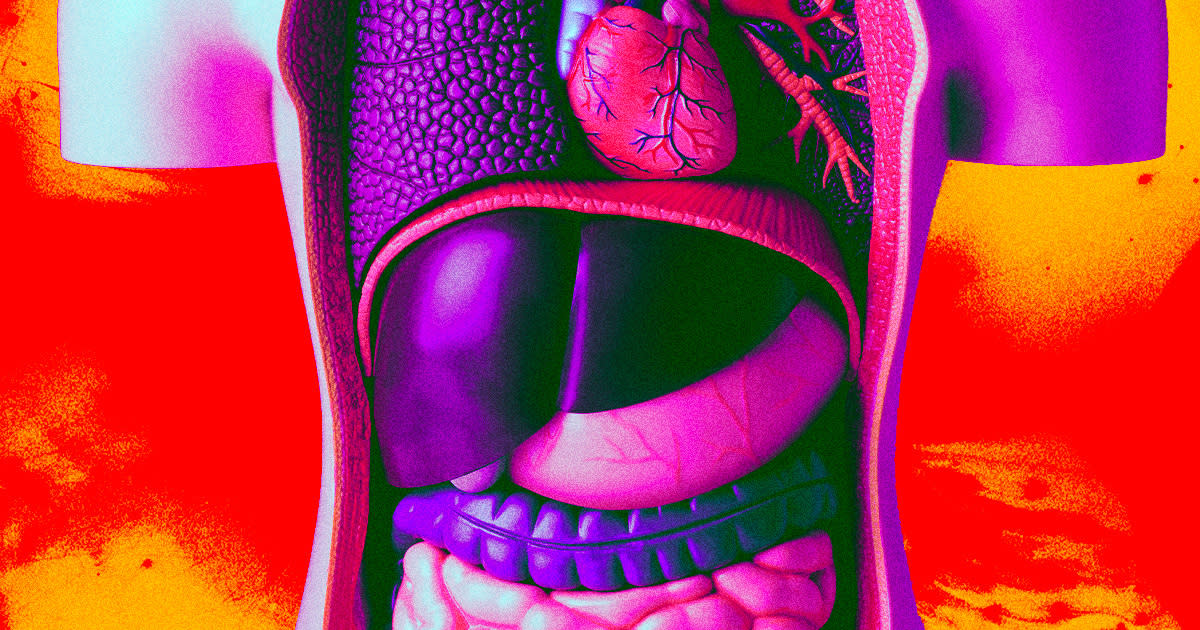Scientists Inject Patient With Slurry to Make Them Grow a New Liver

An experimental new medical treatment to grow a liver inside someone's body has just hit a major milestone.
After a decade of development, the biotech company LyGenesis has announced that for the first time, a human patient has been dosed with a cocktail of donated liver cells to — hopefully — transform one of their lymph nodes into a small but functioning liver.
The cell therapy injection was performed on March 25, Wired reports, in a Phase 2a clinical trial that will see 12 adults with end-stage liver disease (ESLD) receive the treatment. Each year, about 4.5 million adults in the US are diagnosed with liver disease and over 50,000 die from it, according to the Centers for Disease Control and Prevention. By growing even just a little amount of liver mass, the treatment could provide significant relief to severely ill patients who can't receive a transplant.
"We're using the lymph node as a living bioreactor," Michael Hufford, cofounder and CEO of LyGenesis, told Wired.
Livers, like pretty much any human organ, are always in short supply. The waiting list for a liver transplant is nearly 10,000. Even ones that are received intact may not be suitable for a transplant.
But the researchers say that they can use these discarded livers, needing only a small number of extracted cells called hepatocytes for each treatment. That means that a single one of these discarded organs could provide enough material to treat up to 75 people.
To treat their human patient, the researchers funneled millions of hepatocytes into lymph nodes near the liver using a tube guided with a camera and ultrasound imaging. Lymph nodes, which form a key part of our immune system and number in the hundreds, are ideal growth sites because their cells can divide at rapid rates.
A crucial factor is the liver's unique ability to heal itself through chemical signals sent out by damaged tissue that tells the healthy tissue to regenerate. By choosing lymph nodes near the liver, the growth of the injected hepatocytes could benefit from these signals.
So far, this has been tested in animals with convincing results. One 2020 study conducted by LyGenesis researchers found that mice injected with the cell slurry successfully grew enough liver tissue on lymph nodes to offset their diseased livers.
Another study that year conducted by some of the same researchers found that pigs that received the treatment not only regained function in the organ, but grew new livers that were bigger the more damaged their original one was.
Still, there's plenty of uncertainty with how the approach will work for humans. As Wired notes, the researchers aren't sure how many cells will need to be injected to grow a functioning liver. The current stage starts at 50 million cells, but future ones could go as high as 250 million.
"If our study is successful and we obtain FDA approval, our allogenic cell therapy could enable one donated liver to treat many dozens of ESLD patients, which could help to tilt the current organ supply-demand imbalance in favor of patients," Hufford said in a statement.
More on organs: Gene-Hacked Pig Liver Successfully Filters Blood of Human Patient


